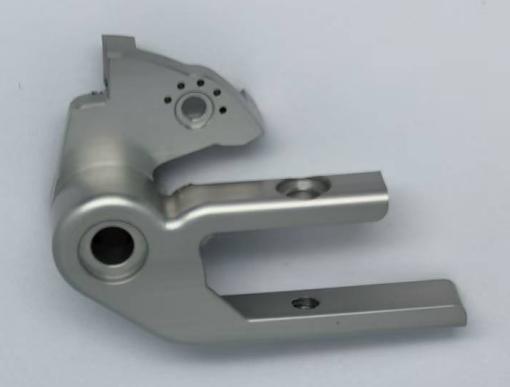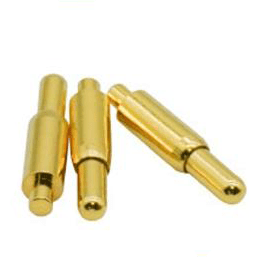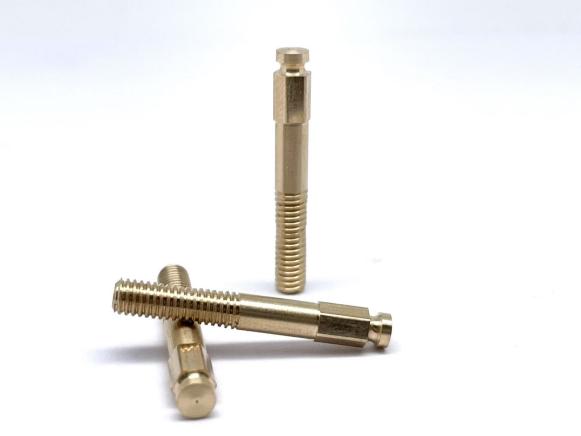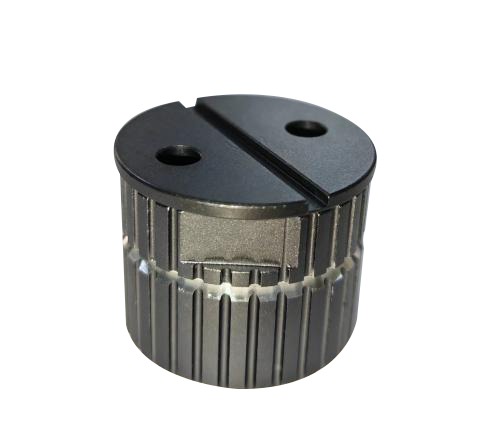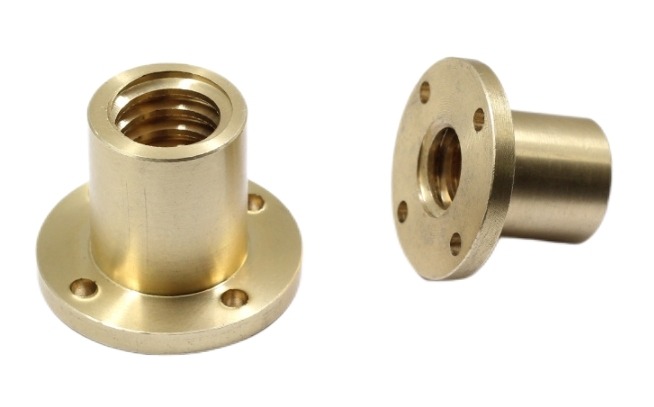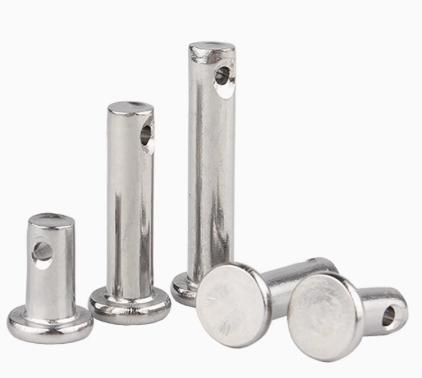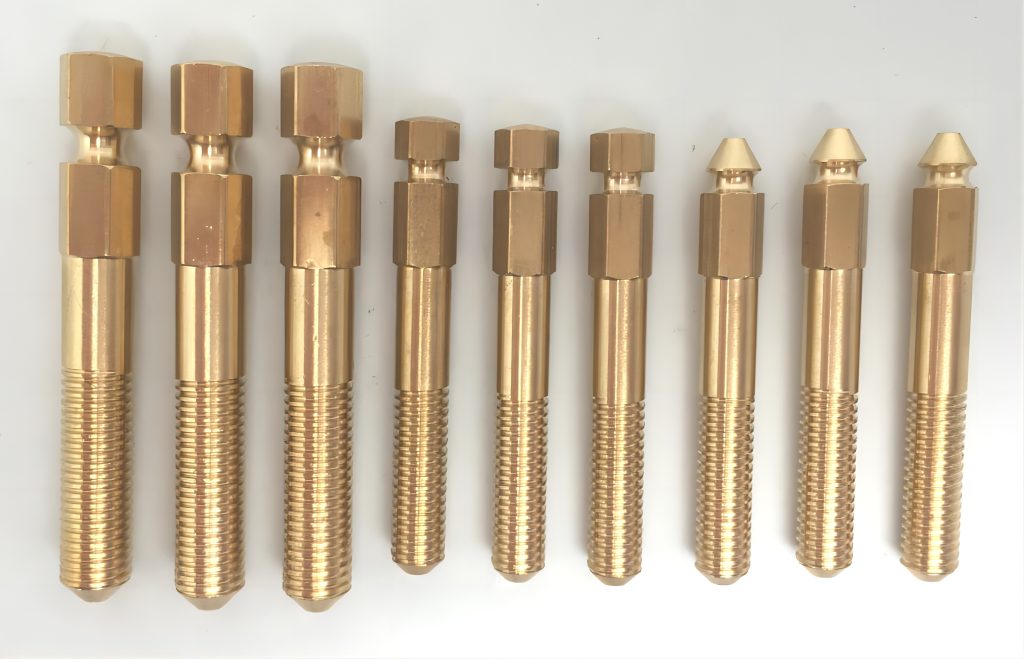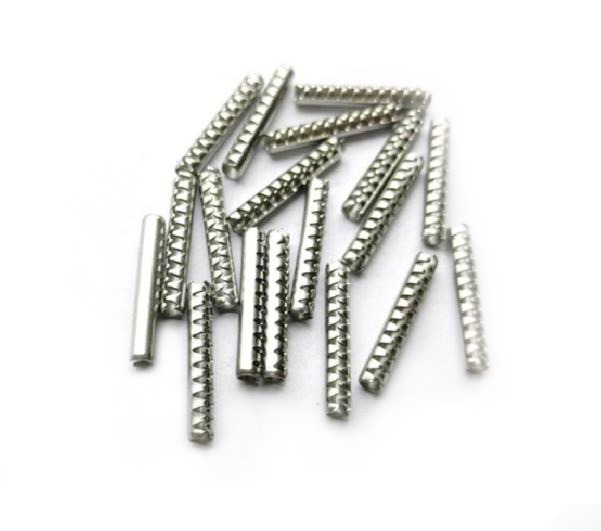The Crucial Role of CNC Grinding Wheel in Modern Precision Machining
Table of Contents
CNC grinding wheel is a crucial tool that combines the precision of CNC machining technology with the material-removal capabilities of advanced abrasives. This synergy is essential for producing components with tight tolerances, intricate shapes, and superior surface finishes, making CNC grinding wheels indispensable in industries such as aerospace, automotive, and toolmaking.
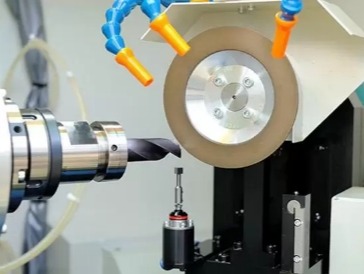
What is a CNC Grinding Wheel
A CNC grinding wheel is a circular abrasive tool used in CNC grinding machines. These wheels are made from various abrasive materials, such as aluminum oxide, silicon carbide, cubic boron nitride (CBN), or diamond. The choice of abrasive depends on the material being ground and the desired surface finish. CNC machines precisely control the wheel’s motion, ensuring that complex geometries can be ground with high accuracy.
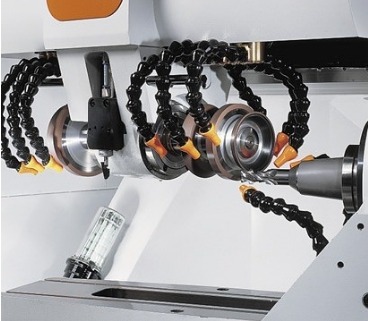
Types of Abrasives Used in a CNC Grinding Wheel
The performance of a CNC grinding wheel is heavily influenced by the abrasive material used. Each type of abrasive offers different properties suited to specific applications.
- Aluminum Oxide: A versatile abrasive ideal for grinding steel and other ferrous metals. It provides a good balance between material removal rate and surface finish.
- Silicon Carbide: A sharper abrasive than aluminum oxide, best for grinding non-ferrous metals, cast iron, and ceramics. It cuts faster but wears more quickly.
- Cubic Boron Nitride (CBN): A super abrasive ideal for grinding hard metals such as tool steel and hardened steel. CBN wheels offer superior durability, maintaining sharpness even under high temperatures.
- Diamond: The hardest known material, diamond abrasives are perfect for grinding hard materials like carbide, ceramics, and glass. Diamond wheels are critical in industries requiring high precision and minimal wear.
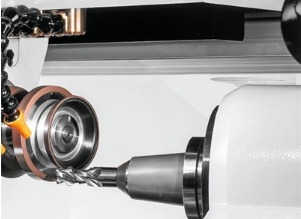
Bond Types in a CNC Grinding Wheel
The bond in a grinding wheel holds the abrasive particles together and determines the wheel’s performance. Common bond types include:
- Vitrified Bond: Made from a mix of clay and other ceramic materials, vitrified bonds are strong and rigid, providing excellent precision. They are ideal for grinding operations requiring tight tolerances and fine finishes.
- Resin Bond: A flexible bond that allows for higher material removal rates while reducing the risk of wheel damage. Resin-bonded wheels are used in applications where surface finish and wheel life are less critical.
- Metal Bond: A strong bond used primarily in diamond and CBN wheels. Metal bonds offer excellent durability and are used in demanding grinding applications, such as tool grinding and high-precision machining.
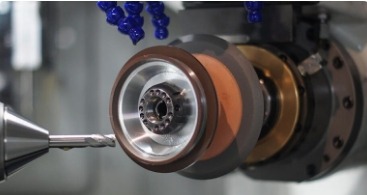
Key Innovations in CNC Grinding Wheel Technology
The evolution of CNC grinding wheel technology has been marked by continuous innovations that enhance precision, efficiency, and versatility in manufacturing processes. These advancements are driven by the need to meet the growing demands of industries for high-quality CNC components with complex geometries and tight tolerances are essential.
1. Superabrasive Materials
- Cubic Boron Nitride (CBN): CBN wheels are known for their exceptional hardness and thermal stability, making them ideal for grinding hardened steels and other tough materials. These wheels maintain their cutting edge longer, reducing the frequency of wheel changes and downtime.
- Advanced Diamond Wheels: Diamond wheels have traditionally been used for grinding hard materials like carbide and ceramics. Innovations in diamond wheel technology, including improved bonding techniques and precision manufacturing, have enhanced their performance, enabling faster material removal rates and finer surface finishes.
2. Optimized Bonding Systems
- Hybrid Bonds: Hybrid bonding systems combine the best properties of multiple bond types, such as resin and vitrified bonds, to create grinding wheels that offer both strength and flexibility. These hybrid bonds provide excellent grain retention and allow for high-speed grinding with reduced risk of wheel failure.
- High-Performance Vitrified Bonds: Advances in vitrified bond technology have led to the development of high-performance bonds that are stronger and more durable. These bonds enable the production of wheels with higher porosity, which improves coolant flow and chip evacuation, leading to cooler grinding and longer wheel life.
3. Adaptive Grinding Technology
- Smart Wheels: The integration of sensors and smart technologies into grinding wheels represents a cutting-edge innovation. These “smart wheels” can monitor critical parameters such as temperature, vibration, and wear in real time. The data collected allows the CNC system to adjust grinding conditions automatically, optimizing performance and extending wheel life.
- Adaptive Control Systems: CNC grinding machines equipped with adaptive control systems can automatically adjust the wheel’s speed, feed rate, and other parameters based on real-time feedback. This capability enhances precision and consistency while reducing the risk of damage to the workpiece or the grinding wheel.
4. Enhanced Wheel Design and Geometry
- Customized Wheel Profiles: Advances in manufacturing technology have made it possible to produce grinding wheels with highly customized profiles. These profiles are designed to match specific workpiece geometries, allowing for more precise material removal and improved surface finishes. Custom wheel designs also reduce the need for multiple setups, increasing efficiency in complex grinding operations.
- Multi-Layered Wheels: Multi-layered grinding wheels, which feature different abrasive layers, have been developed to perform multiple grinding operations in a single pass. These wheels can transition from roughing to finishing, reducing cycle times and improving productivity.
5. Coolant and Lubrication Innovations
- Advanced Coolant Delivery Systems: Innovations in coolant delivery, such as high-pressure and targeted coolant systems, ensure that the grinding zone is effectively cooled. Proper coolant application minimizes thermal damage, reduces friction, and enhances the grinding wheel’s performance.
- Lubricated Abrasive Grains: Some grinding wheels now incorporate lubricated abrasive grains that reduce the need for external lubrication. These grains help to reduce friction and heat generation, leading to smoother finishes and longer wheel life.
6. Sustainable Grinding Solutions
- Eco-Friendly Bonding Agents: As sustainability becomes a more pressing concern, manufacturers are developing eco-friendly bonding agents that reduce environmental impact without compromising performance. These bonds are often made from natural or recyclable materials and are designed to be more easily disposed of or recycled.
- Energy-Efficient Grinding: Innovations aimed at reducing energy consumption in grinding processes include the development of grinding wheels that require less force to remove material. These wheels not only reduce energy usage but also decrease wear on both the wheel and the machine, leading to longer tool life and lower operational costs.
7. High-Speed Grinding
- Ultra-High-Speed Wheels: Advances in wheel design and materials have enabled the development of ultra-high-speed grinding wheels capable of operating at significantly higher rotational speeds. These wheels increase material removal rates, reduce cycle times, and improve surface finish quality, making them ideal for high-volume production environments.
- Balanced Wheels for Stability: High-speed grinding requires wheels that are perfectly balanced to prevent vibration and ensure smooth operation. Innovations in balancing technology, including automated balancing systems, have made it easier to achieve the precise balance required for high-speed applications.
8. Digital Integration
- CNC and CAM Integration: The integration of computer-aided manufacturing (CAM) software with CNC grinding processes has streamlined the design and production of custom grinding wheels. This digital integration allows for the rapid prototyping of wheel designs, ensuring that the grinding process is optimized for each specific application.
- IoT-Enabled Grinding: The Internet of Things (IoT) is being increasingly applied in grinding operations, enabling real-time monitoring and data analysis. IoT-enabled grinding wheels can communicate with CNC machines and other systems, providing valuable insights that help to optimize performance, predict maintenance needs, and reduce downtime.
9. Additive Manufacturing of Grinding Wheels
3D-Printed Grinding Wheels: Additive manufacturing, or 3D printing, has opened up new possibilities in the design and production of grinding wheels. 3D-printed wheels can be customized with complex geometries and material compositions that are difficult to achieve with traditional manufacturing methods. This innovation allows for the creation of wheels tailored to specific applications, improving efficiency and performance.
10. Longer Wheel Life and Reduced Maintenance
- Wear-Resistant Coatings: New wear-resistant coatings are being applied to grinding wheels to extend their life and reduce the frequency of dressing and replacement. These coatings protect the abrasive grains from wear and maintain the wheel’s cutting ability over longer periods.
- Self-Sharpening Wheels: Innovations in wheel composition have led to the development of self-sharpening grinding wheels. These wheels continuously expose fresh abrasive grains as they wear, maintaining consistent cutting performance without the need for frequent dressing.
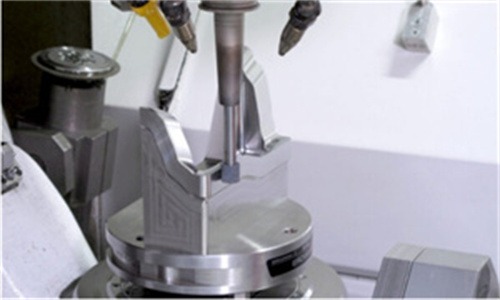
Applications of CNC Grinding Wheels
Here’s a chart providing an overview of the diverse applications of CNC grinding wheels across different industries, highlighting the key wheel types used for each application.
| Application | Description | Key Industries | Wheel Types Commonly Used |
| Tool and Cutter Grinding | Sharpening and reconditioning cutting tools like drills, end mills, and reamers | Toolmaking, Aerospace, Automotive | Diamond, CBN, Aluminum Oxide |
| Surface Grinding | Creating smooth, flat surfaces on components | Die and Mold Making, Automotive | Straight Wheel, Vitrified Bond |
| Cylindrical Grinding | Machining the outer surface of cylindrical workpieces | Shaft Manufacturing, Bearing Production | Straight Wheel, CBN, Aluminum Oxide |
| Internal Grinding | Grinding the internal diameter of cylindrical components | Bearing Manufacturing, Automotive | Internal Grinding Wheel, CBN |
| Centerless Grinding | Grinding without the use of centers, supporting the workpiece between wheels | Automotive, Medical Devices | CBN, Aluminum Oxide, Silicon Carbide |
| Form Grinding | Creating complex shapes and profiles on workpieces | Aerospace, Toolmaking | Profiled Wheel, Diamond, CBN |
| Creep-Feed Grinding | Deep grinding with slow feed rates to achieve large material removal | Aerospace, Power Generation | Vitrified Bond, Diamond, CBN |
| Gear Grinding | Precision grinding of gear teeth for high-quality gears | Automotive, Aerospace | Profiled Wheel, CBN, Diamond |
| Thread Grinding | Grinding screw threads with high precision | Aerospace, Automotive, Industrial | Profiled Wheel, CBN, Aluminum Oxide |
| Micro-Grinding | Grinding small, intricate parts with high precision | Medical Devices, Electronics | Diamond, CBN, Resin Bond |
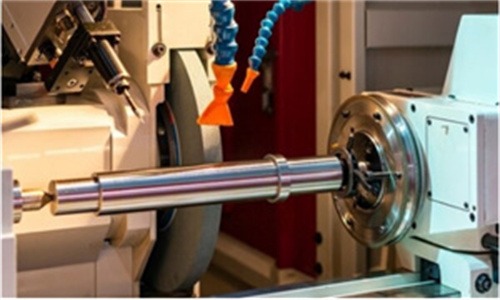
Challenges and Mitigating Strategies Associated with CNC Grinding Wheels
This chart outlines the primary challenges associated with CNC grinding wheels and provides considerations and strategies to mitigate these challenges, ensuring optimal performance and longevity of the grinding wheels.
| Challenges | Description | Impact | Mitigation |
| Wheel Wear and Longevity | Grinding wheels can wear out quickly, especially in high-speed or heavy-duty applications. | Increased downtime and operational costs | Use of superabrasives like CBN or diamond, regular dressing |
| Thermal Damage | Excessive heat generated during grinding can cause thermal damage to the workpiece, leading to surface defects or distortion. | Reduced workpiece quality, possible rework | Use of proper coolant, optimized grinding parameters |
| Wheel Balancing | Imbalance in the grinding wheel can cause vibrations, leading to poor surface finishes and uneven wear. | Surface finish degradation, shorter wheel life | Regular wheel balancing, use of automated balancing systems |
| Coolant and Lubrication | Inadequate coolant delivery or improper lubrication can result in overheating and poor grinding performance. | Increased tool wear, reduced workpiece quality | Advanced coolant delivery systems, high-pressure coolant applications |
| Material Compatibility | Not all grinding wheels are suitable for every material, and using the wrong wheel can lead to poor results or wheel damage. | Inefficient grinding, potential wheel breakage | Selection of appropriate wheel material (e.g., CBN for hardened steel) |
| Complex Wheel Geometry | Custom wheel profiles are challenging to produce and maintain, particularly for intricate or complex shapes. | Difficulty in achieving precise geometries | Use of CAM software for design, regular dressing and profiling |
| Surface Finish Requirements | Achieving the desired surface finish, especially in high-precision applications, can be challenging. | Potential rework, inconsistent quality | Fine-tuning of grinding parameters, use of fine-grit wheels |
| Grinding Forces | Excessive forces during grinding can lead to wheel deflection, affecting accuracy and surface finish. | Workpiecedeformation, reduced accuracy | Optimization of feed rates and speeds, use of rigid machine setups |
| Wheel Selection and Specification | Selecting the correct wheel type, grit size, and bond for a specific application is critical but can be complex. | Suboptimal performance, increased costs | Consultation with wheel manufacturers, thorough testing and specification |
| Maintenance and Dressing | Grinding wheels require regular dressing to maintain their shape and performance, which can be time-consuming. | Downtime, inconsistent grinding quality | Use of self-sharpening wheels, automated dressing systems |
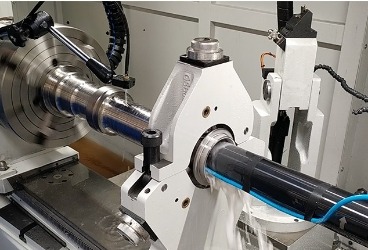
With the ability to shape, sharpen, and finish hard materials to exacting specifications, CNC grinding wheels are essential in industries ranging from aerospace to automotive and beyond. Innovations in grinding wheel materials, bonding techniques, and machine integration are driving enhanced performance, productivity, and sustainability in precision machining.

